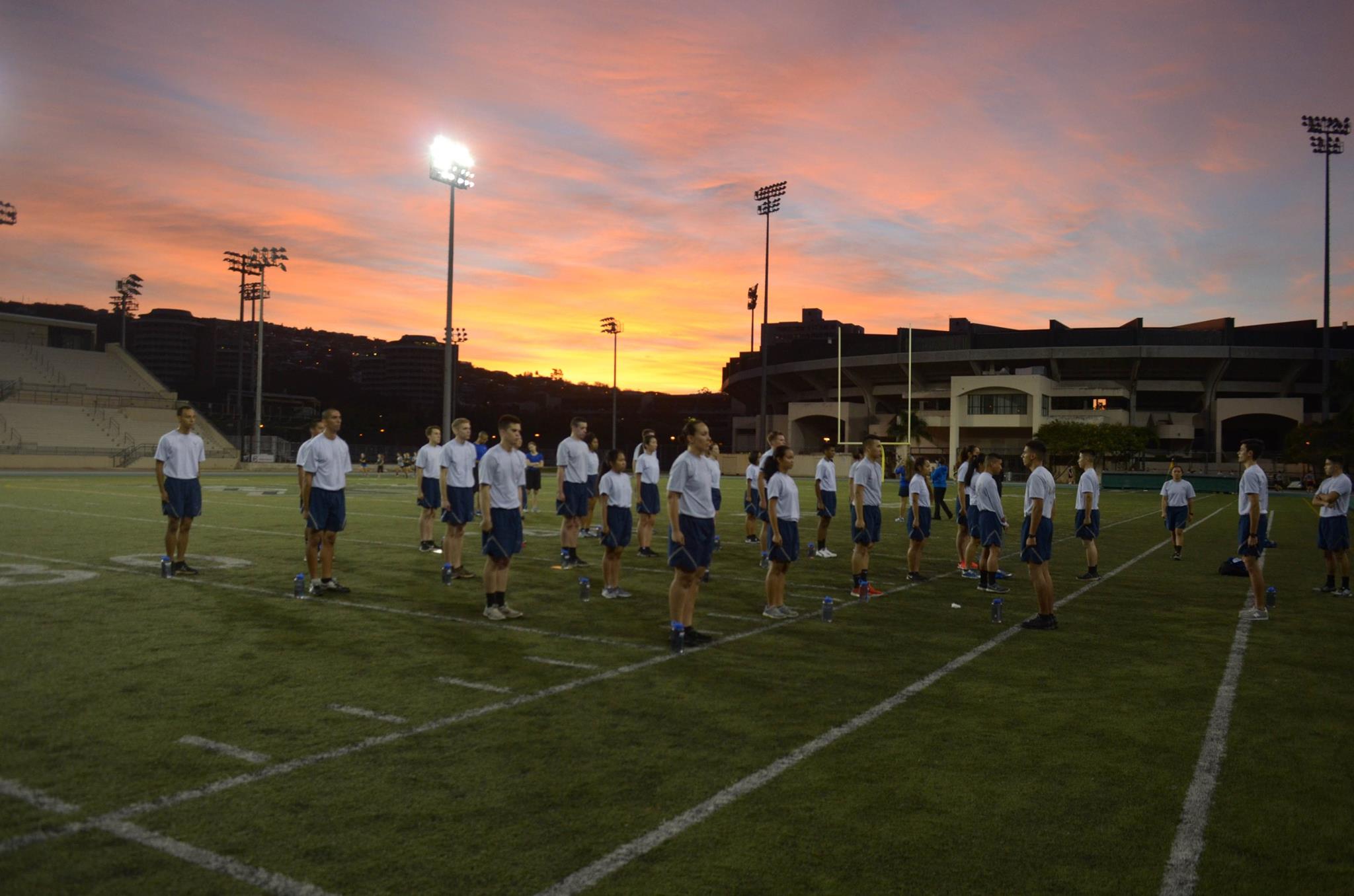Standards and Standardization
20 Sep 2017Standardization
Two things that are greatly stressed in the Air Force Reserve Officer Training Corps are attention to detail and standardization. Countless hours have been put into making sure that we are all standardized in every small aspect we could think of. Every semester, we create a document called a Standardization Policy that consists of multiple pages explaining how we do things such as what color watches we wear, how we put down our water bottles in the football field, which pocket we put our pens in, and how we hold certain items while in formation. Everything needs to be standardized, and that is the standard. What is the training value behind that? Several. One of them is that we need to have that attention to detail in the small things so that we can do bigger things, such as outranking 80% of the Air Force on our first day in Active Duty, or leading an operation involving months of mission planning and split second decisions. Bottom line, the small things matter.

Over the summer of 2017, I went to Mississippi and Alabama for a 3-4 week training session called Leadership Evaluation and Development. Simply put, it was Basic Training for officers. There were 7 different sessions that happened over the summer, each session having approximately 320 cadets from around the nation. Within those 170, we were all compiled into about 16 groups called “Flights”, consisting of 20 cadets each. As you can probably imagine, having 320 people in one training space made it complete chaos. Within that pandemonium, we were still tasked to keep track of everyone within our flights. We made this easy by putting bacon patterned duct tape on our bags. This simple standardization allowed us to pinpoint anyone from our flight from across the solar system, saving us a lot of stress.
Standards
Now for the real reasons I’m writing this essay. As I learned more about coding standards in computer science, I began to realize how similar it is to the training I’ve been receiving for the past few years. Although simple things such as spacing out indents and putting close-curly brackets on a new line seems very minute of a problem, it does lead to bigger things. First, upholding this coding standard is a good practice of keeping attention to detail, which trains the programmer to be more keen to small mistakes such as missing curly brackets or forgetting a semi-colon. It may save hours of hair pulling and bug finding. Another reason why coding standards is so important is because it makes reading it so much easier for the user, or whoever is reading the code. For example, writing all the function names a certain way allows the reader to quickly identify what is a function and what is a variable. Sometimes, we don’t have access to text editors that can change the color of the code. In this situation, one look at a piece of code should tell the reader what they are dealing with, making it much easier to trace and understand what is going on.
Finally, when your ICS314 professor is very adamant about the importance of coding standards, it may be wise to pay a little more attention to the code if you want that A. Jokes aside, a lot of professionalism is expressed when a code is neatly formatted and coding standards are met. It shows that the author of the code is willing to spend time and effort into the fine details of the product, similar to how a craftsman would spend hours perfecting their products design.
Overall, I felt that coding standards are very similar to standardization in Officer Training and the military. Although my professor probably won’t yell at me for an ugly work of code, coming from AFROTC really taught me a lot about attention to detail, and I feel that the lessons and habits that come from having attention to detail is very beneficial for any professional career. As Navy Seal Admiral William H. McRaven said, “If you want to change the world, start off by making your bed.”